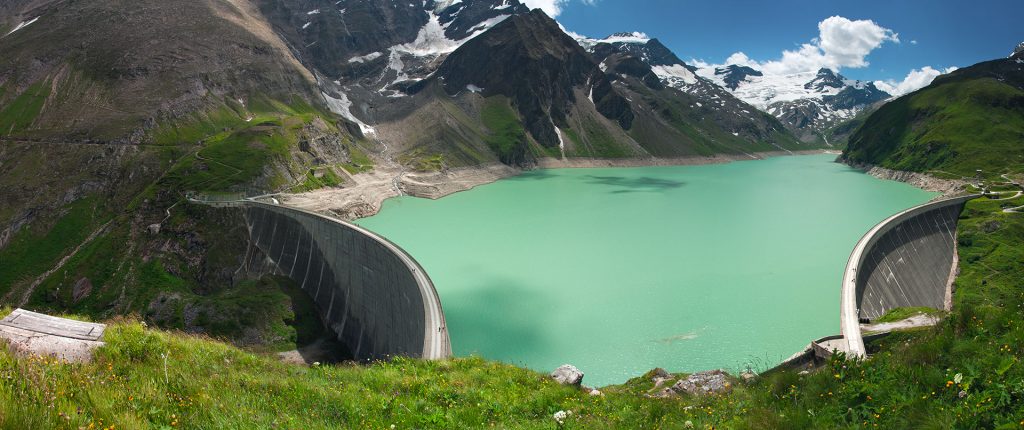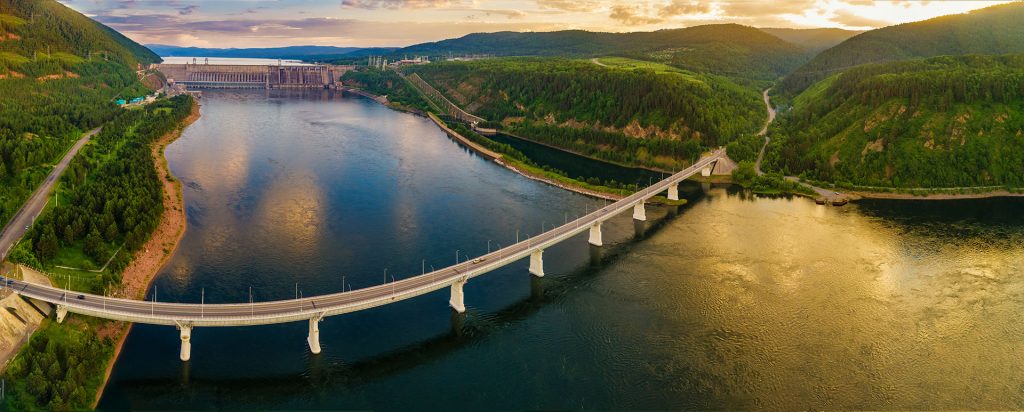
The places where water could be stored and used to produce energy on demand are many. But only a fraction of them would actually be necessary to meet people’s needs. Their numbers – which reach into the hundreds of thousands – are the latest reminder of water’s enormous potential as a renewable energy source.
In early April, Andrew Blakers, a professor at the Australian National University, along with a team of researchers published a world map showing 530,000 sites deemed well suited for pumped hydro energy storage. Each site has an upper and a lower body of water in between which a pumping station and tunnel network could be built to exploit the height differential.
Also known as a pumped storage scheme, it works like this: water from the upper reservoir passes through a tunnel network to reach the station where it turns the turbines to generate electricity. It then empties into the lower reservoir. The water later gets pumped back to the upper reservoir ready to restart the process when needed.
The Australian National University study found that pumped-storage schemes account for 97% of energy storage worldwide, thanks to the very low costs of an energy system that exploits characteristics of particular terrains.
Clean energy sources: an enormous potential for the world's demand
From the United States to Brazil, from South Africa to Saudi Arabia, from China to Australia, the sites shown on the map produced by the university include almost every continent. If they were all exploited, their energy storage capacity would be 22 million gigawatt-hours (GWh), “several hundred times greater than what was required to support the entire global clean energy production network”, according to the study.
Researchers pointed out that in Australia a storage capacity of 20 GWh per million people would be sufficient to ensure the country's energy supply from clean sources alone.

And it is no coincidence that the university is shining a spotlight on this enormous opportunity for sustainable development. In fact, workers are preparing for the construction of Snowy 2.0, the largest scheme of its kind in the country for which Salini Impregilo has been commissioned together with local partner Clough.
Hydro power is a hot topic in Australia, and the study has helped to stimulate the debate. In addition to Snowy 2.0, it was announced on April 8 that another hydropower project, the Kidston Pumped Storage Hydro Project, had received the go-ahead. The plant, to be built in Queensland, will allow the local government to reach the target of generating 50% of the state’s energy needs from renewable sources by 2030.
Powering the world with clean energy
In September 2017, the same team of researchers at the Australian National University identified 22,000 sites for pumped hydro energy storage plants in Australia. That first map was only the beginning of a project that led them almost two years later to mark all the sites on the globe that could make a real contribution to meeting global demand for clean energy.
When announcing the results of the study, researcher Matthew Stocks pointed out that «only a small fraction of the 530,000 potential sites we’ve identified would be needed to support a 100% renewable global electricity system. We identified so many potential sites that much less than the best one percent will be required».
The study, which was published by the prestigious scientific journal Elsevier, opens up a new frontier in the production and management of clean energy and is a call to governments to invest in one of the most effective technologies for reducing pollution from fossil fuel energy sources.


